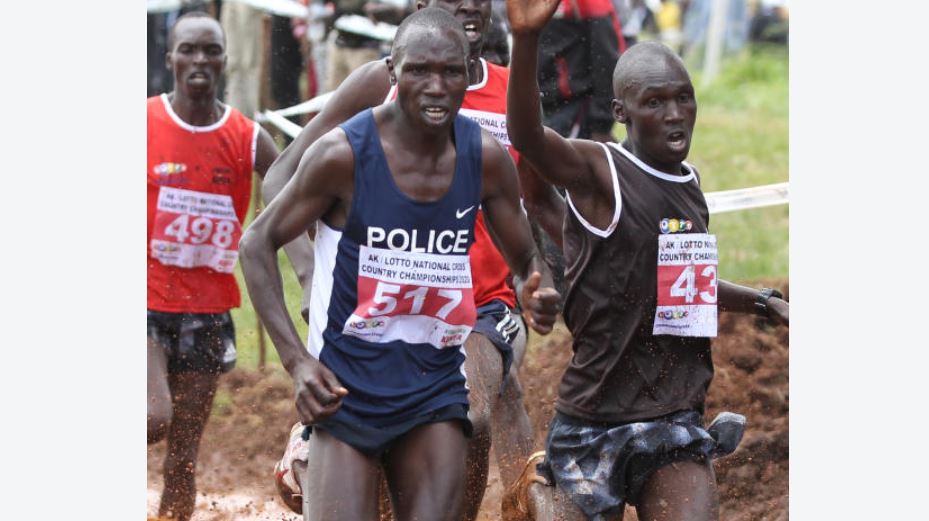
- #HALF OF A DOUBLE HELIX CROSSWORD ARCHIVE#
- #HALF OF A DOUBLE HELIX CROSSWORD FULL#
- #HALF OF A DOUBLE HELIX CROSSWORD REGISTRATION#
- #HALF OF A DOUBLE HELIX CROSSWORD CODE#
Invitations to lecture, peer-review, and act as the DNA theoretical sounding-board of old continued to arrive with regularity. Notwithstanding his having moved to the Salk Institute for Biological Studies, at La Jolla, in 1976, with a declared intention to explore neuro-biological pastures new, it took some time for the wider academic community to accept that he had embraced different research interests. They encompass-in almost 1100 fully-searchable files-all Crick's work at Cambridge, from postgraduate student ( Figure 1) to Nobel laureate and beyond, and include some transitional material-correspondence and notes from meetings attended-approximately to 1980. The papers now catalogued (PP/CRI) and open to researchers (on-line catalogue at ) comprise the first shipment of material to the Wellcome Library, received from California during the summer of 2002.

In the following pages, I introduce the collection by way of illustrative passages and some reflections on the nature of archival records and their relationship to received scientific record, as prompted by the process of cataloguing the archive.
#HALF OF A DOUBLE HELIX CROSSWORD ARCHIVE#
The opening of the recently-acquired Francis Crick archive at the Wellcome Library 10 provides an opportunity for re-contextualization and re-evaluation of a body of work that has been central to the emergence of the science of molecular biology in the second half of the twentieth century and central to an accompanying paradigmatic shift in our understanding of the stuff of life.
#HALF OF A DOUBLE HELIX CROSSWORD REGISTRATION#
We value their registration of simultaneity-as if time were returned to us in the rich interdependence of the documents they make available-and we value their propensity to disturb that which had seemed settled. We value them precisely because they are not one and the same as the record to which we have become accustomed. They offer a body of documentation with an untidy coherence, raw material for histories yet to be written, in contrast to the tidy log of formal scientific record. Personal scientific archives are, in many respects, less about end-points, conclusive moments, and a final hammered form of words, than they are about process, the confusion of beginnings, ways and means, drafts, pathways, false turns, actions off-stage, and remarks around- and off-the-record.

8 Informed of the presentation, after the event, an excited Crick promptly asked Nirenberg if he would repeat his report, for the record, to the rather larger forum of the main floor, which he did, to the “startlement” of all. The first word of the newly-discovered language of life had been recited to almost no one. 7 It was as if, through some scheduling embarrassment, history had missed its occasion. 5 There, in a seminar-room sideshow, peripheral to the molecular biology main programme, Marshall Nirenberg, then a young unknown biochemist (described by one delegate as not one of “the club” 6), reported to a largely empty room that he and Johann Matthaei had succeeded in making a synthetic protein (polyphenylalanine) from synthetic RNA (poly-U), thus establishing the first word in the DNA dictionary: UUU = phenylalanine. In Moscow, in August 1961, at the Fifth International Congress of Biochemistry, some 5000 to 6000 delegates gathered over five days.
#HALF OF A DOUBLE HELIX CROSSWORD FULL#
Students of drama know, however, that actions off-stage can be as important as actions that take place in full view of an audience, if not more so. 3 The occasion “marked”, as Crick later judged, “the end of classical molecular biology”. “It has not escaped our notice that the specific pairing we have postulated immediately suggests a possible copying mechanism for the genetic material.” 2 The trajectory begun in 1953 with the suggestion of “a possible copying mechanism” completed its public arc at Cold Spring Harbor in 1966 with a very specific and (almost) complete table showing the genetic code. In April 1953, in fourteen paragraphs and a diagrammatic sketch (contributed by Odile Crick), they had announced-with a minimalism that came more of urgent certainty than of diffidence or reticence-not just a physical structure for DNA, but something far more. But, as the first public presentation of the complete genetic code, the moment had some claim to being historically complementary to the publication of James Watson and Crick's first paper in Nature.
#HALF OF A DOUBLE HELIX CROSSWORD CODE#
“There have been many meetings”, he continued, “about the genetic code during the past ten or twelve years but this is the first important one to be held since the code became known.” 1 Such bold pronouncements usually guarantee that an occasion will linger in history's footnotes and never shine centre-page. “This is an historic occasion”, announced Francis Crick on 2 June 1966, as he began the opening address of the annual meeting of molecular biologists at Cold Spring Harbor.


 0 kommentar(er)
0 kommentar(er)
